New York Stock Exchange (NYSE)
It is the world’s largest stock exchange by market capitalizing its listed companies.
New York Stock Exchange, commonly known as NYSE, is by far the world’s largest stock exchange by market, capitalizing its listed companies at $30.1 trillion as of February 2018.

The origin of the NYSE traces back to May 17, 1792, when 24 stock brokers signed the Buttonwood Agreement to respond to the first financial panic in the United States.
The NYSE trading floor is at the New York Stock Exchange Building, a national landmark, on 11 Wall Street and 18 Broad Street. The average daily trading value at the exchange was approximately $169 billion in 2013.
The exchange attracts capital and investments from all over the globe and acts as a sweet haven for companies to raise capital and investors to invest their money in quality stocks.
It is owned by Intercontinental Exchange, an Atlanta-based American holding company since they bought the exchange in 2013 for approximately $8.2 billion. The Intercontinental Exchange is also listed on the New York Stock Exchange.
History and Evolution of the New York Stock Exchange
Today, it is the world's largest exchange concerning market capitalization. However, it was not as glorious and enormous as it is today in the beginning. The exchange didn't have a building when it was established.

The exchange came into existence when 24 brokers signed the ‘Buttonwood Agreement’ because it was signed under a buttonwood tree.
That tree is quite significant in the NYSE’s history because it was where all the brokers formally met to trade with each other. But unfortunately, the building where the stock exchange is currently housed was not built until 1903.
Even the NYSE building has a very rich history; for instance, when the building was built in 1903, it was the largest indoor space in the U.S. Due to its beauty and significance, the building was designated a National Historic Landmark on June 2, 1978.
Let’s learn about the interesting history and evolution of the NYSE in depth.
Early 1800 to 1960
In the early years of the exchange, stock trading was conducted in nearby coffee houses where traders gathered. However, the increase in participation and popularity encouraged the brokers to create a formal organization (the New York Stock and Exchange Board) by adopting a constitution on March 8, 1817.
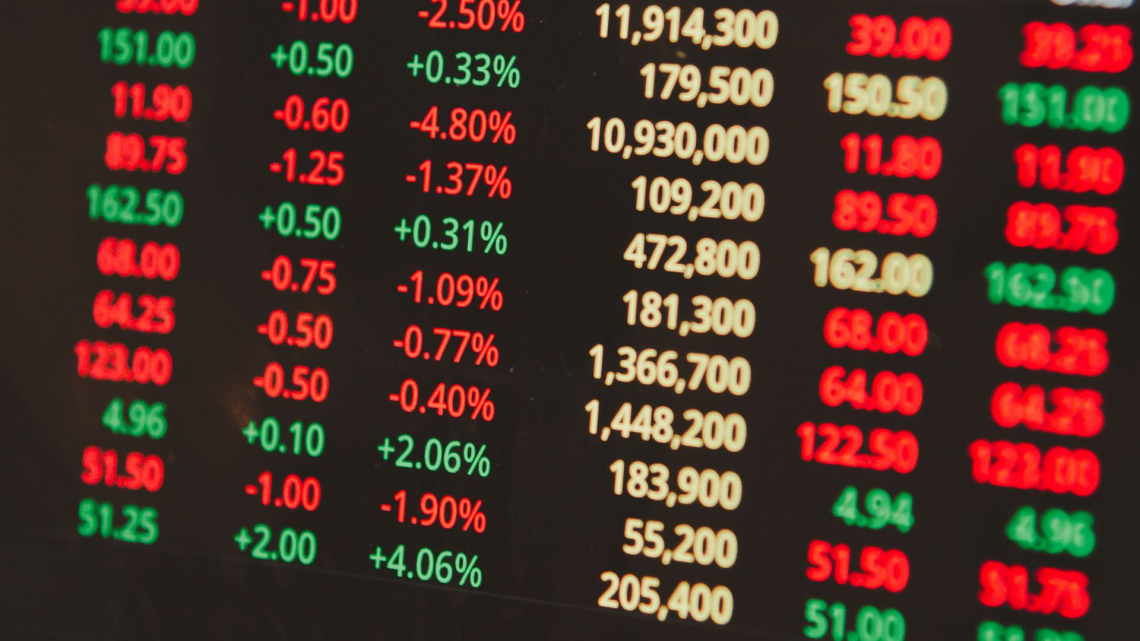
The constitution laid out the rules for the conduct of business at the exchange and the fines to be levied for those who disobeyed those rules to keep the brokers in check. Soon the number and variety of securities traded at the New York Stock Exchange started increasing rapidly.
The continuous increase in trading volumes inspired the exchange to assign stocks to specific locations or trading posts. As a result, the brokers abandoned their seats to roam around the huge open trading floor to trade directly with one another in the stocks of their choice.
Technological advancements made revolutionary reforms in the stock market. For example, the introduction of the ticker tape in 1867 made it quick to transmit market information across the United States.
Furthermore, the installation of telephones at the NYSE in 1878 made the market very efficient, due to which, on December 15, 1886, the trading volume touched 1 million shares for the first time.

The Quotation Department was established in 1928, which gave member companies access to the latest stock quotations.
Uniformed clerks wearing headsets communicated constantly, displaying the current bid, and asked for quotes on the board above the seated phone operators.
In 1931, almost 35,000 stock quotations were provided daily, and in 1960, the department was replaced with an automated quoting system.
To regulate the operation of the nation’s securities markets and to supplement the exchange’s self-regulatory activities, the U.S. Congress created the Securities and Exchange Commission in 1934.
1960 to 1980
Technological advancements and innovation increased the trading rate from just over a billion shares traded in 1960 to over three billion in 1970.
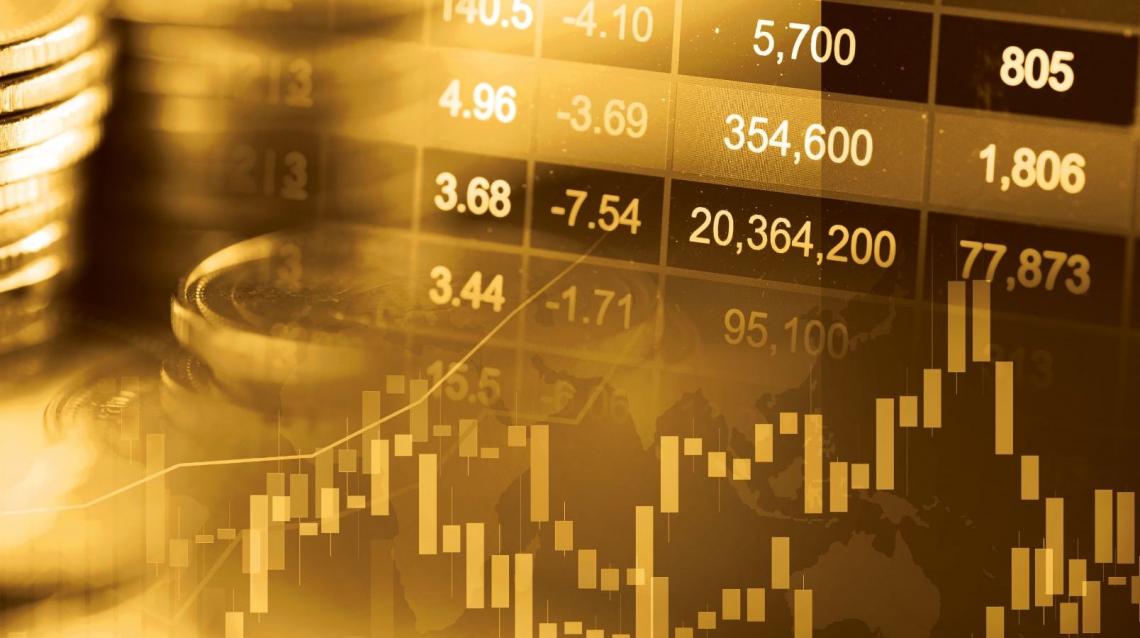
During the 1960s, the first computer made by IBM was installed at the Stock Exchange, which increased market efficiency by capturing trading data and disseminating market information through high-speed data networks.
The exchange also launched its SuperDot system over the next decade, which helped in delivering an order from the broker’s office directly to the trading post and then sending an execution report back within seconds.
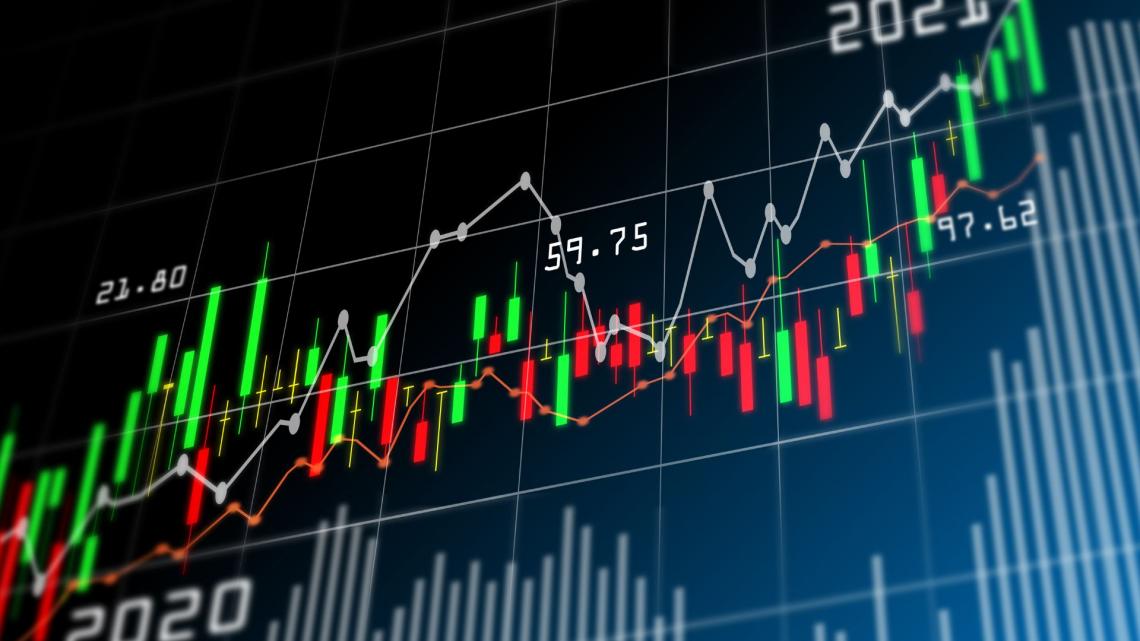
The 1970s brought about some major innovations to the trading floors. In 1979, the trading floor went under major renovation. The computer display monitors showing current market data were added to the old trading posts to modernize trading floor technology.
In 1979, construction on the New York Futures Exchange Trading Floor also began, after which NYSE Futures became the most modern futures trading environment of its time.
During its opening in the Spring of 1980, the New York Futures Exchange, with 1,569 members, was the largest membership of any future financial exchange worldwide. Also, on February 8, 1980, its listed market capitalization topped $1 trillion.
1980 to 2010
Trading floor facilities were re-engineered during the 1980s and 1990s to streamline market processes and keep ahead of the exchange’s mounting trading volumes.
In 1992, the first handhelds were introduced, and in 1995 flat panel data display screens were added to the trading posts. By 1996, the Epson Handheld Computer allowed brokers to access the NYSE Wireless Data System.
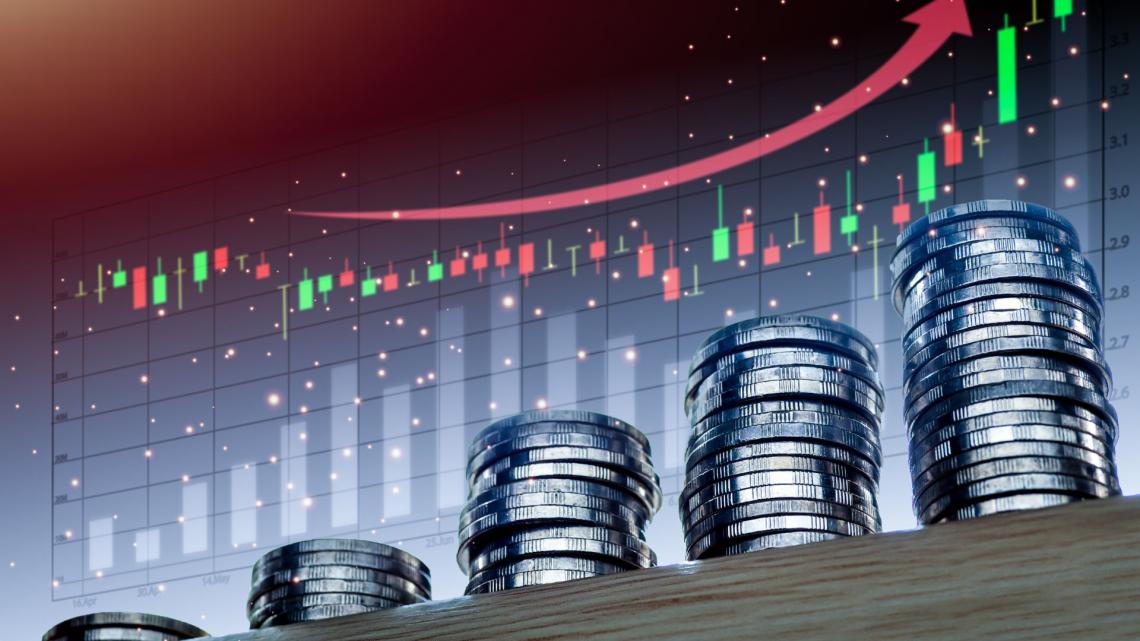
These technological advancements increased the volumes substantially, and on October 28, 1997, the volume hit one billion shares a day for the first time.
In the early 2000s, changes occurred across the NYSE. In 2005, the exchange launched a “high tech, high touch” model, a unique blend of electronic and floor-based trading.
In 2006, it merged with Archipelago Exchange (ARCA), the first all-electronic exchange in the United States. This led to the elimination of the open outcry system on the floor through major advancements in market data display and handheld technology.
The NYSE acquired American Stock Exchange in 2008, which made it the third-largest U.S. options market.
2010 to 2020
The current trading floor began to take shape in 2011 with the addition of new systems, like the Broker Booth Support System (BBSS), Specialist Display Book, and wireless e-Broker System, which enhanced functionality and acted as powerful tools for the brokers.
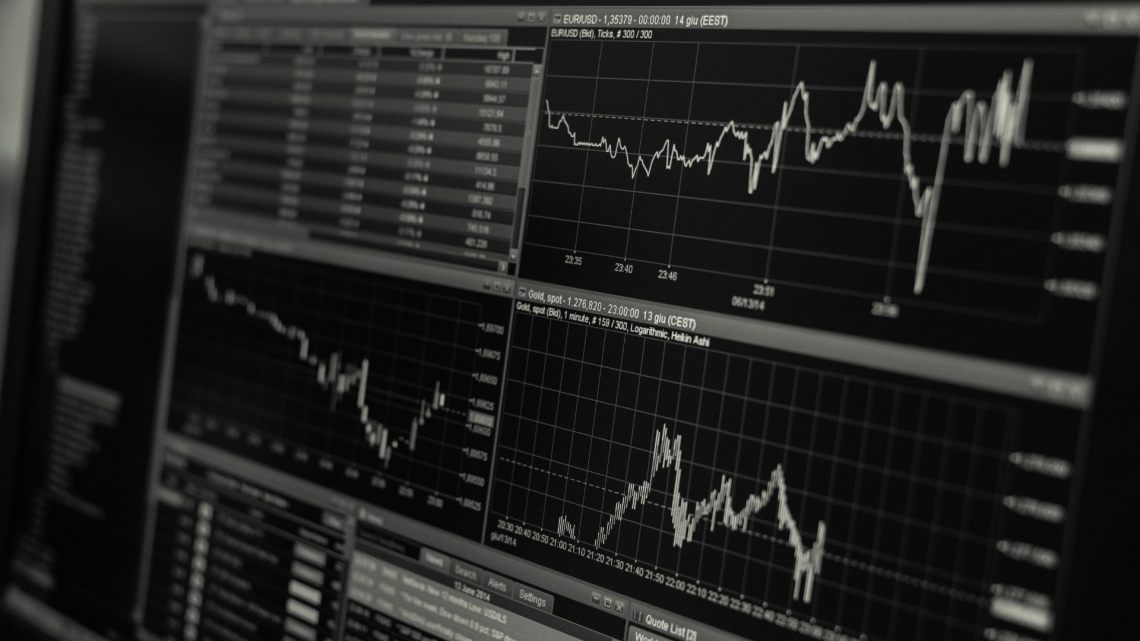
A new integrated trading technology platform named Phase 1 Pillar was completed in 2016, which enabled member firms to connect to all New York Stock Exchange equities and options markets through a standard protocol.
Around 2019, the exchange successfully migrated its trading technology to NYSE Pillar, which helped enhance its consistency, performance, and resiliency while improving efficiency and reducing complexity for its customers.
To date, NYSE, NYSE American Equities, NYSE Arca Equities, NYSE Chicago, and NYSE National have been migrated to NYSE Pillar matching engines, and NYSE Pillar Gateways are available for order entry on each market.
All these technological advancements over the years proved invaluable when the COVID-19 pandemic struck. As a result, on March 23, 2020, the exchange operated without a trading floor and shifted to fully electronic trading for the first time in history.
While electronic trading remained uninterrupted, data showed that operating on the Trading Floor provides investors with the highest market quality. As a result, the floor partially reopened on May 26, 2020.
Opening and Closing Bell
Much like the bell rung at factories to mark the start and end of shifts, the opening and closing bell keep the market timing. The opening bell refers to the ringing of a bell to announce that the markets have opened; similarly, the closing bell announces that the markets have closed.
The opening bell is rung at 9:30 A.M. EST to signal that the markets have opened and the trading can begin. At 4 P.M. EST the closing bell is rung to signal that the markets have closed for the day.
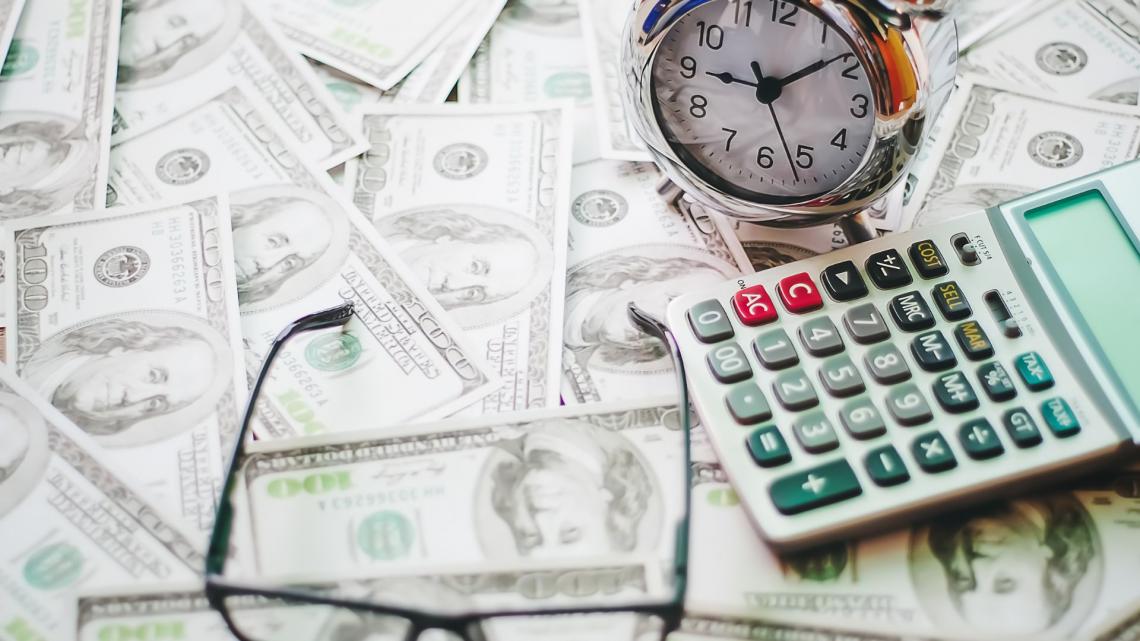
The bells are not just a ritual or colorful custom for the trading floor. Instead, these bells ensure that the markets run with stability, punctuality, and discipline by providing that no trades occur before or after market hours.
The opening and closing bells have a very interesting history because they have been evolving with the market.
History of the Closing and Opening Bell
Bells were first employed at the Exchange in the 1870s when trading started gaining popularity, and the volume kept increasing daily.
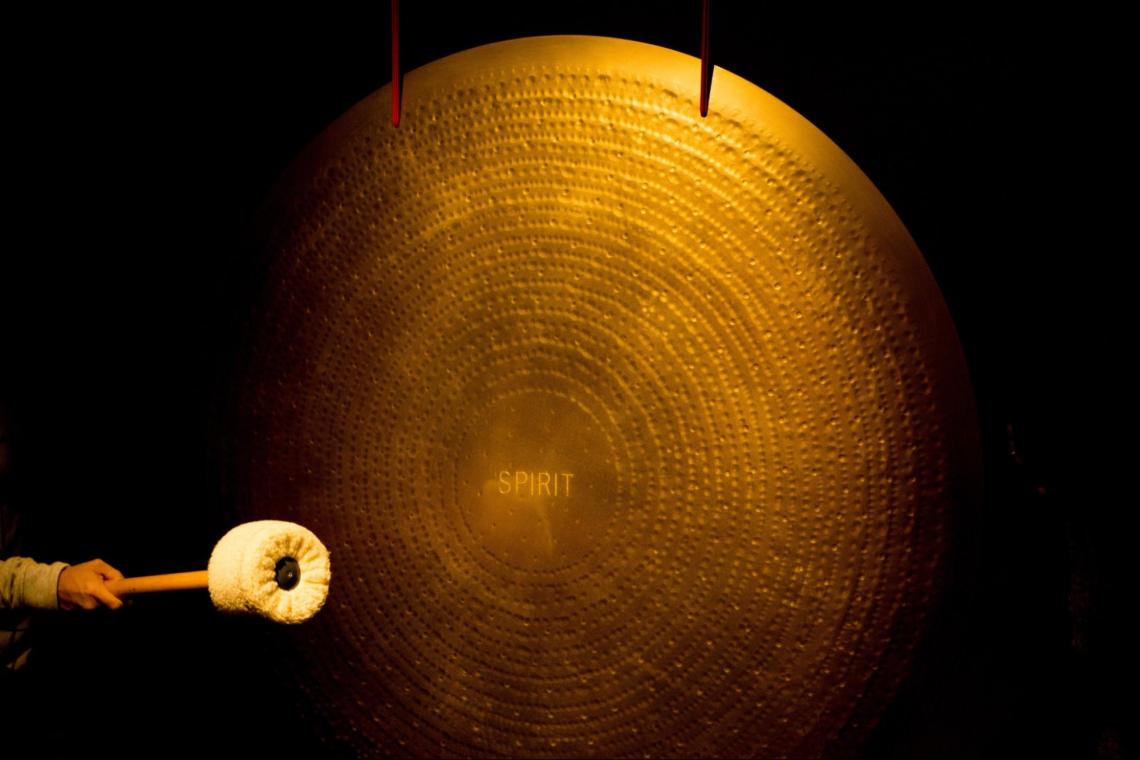
Originally, a Chinese gong was used instead of a bell, but a brass bell was installed when the Exchange relocated to its current quarters in 1903. This bell was electrically powered and huge enough to reverberate over the expansive main trading floor.
Today, the four trading regions of the Exchange each have their bell, which is controlled synchronously from a single control panel.
In the late 1980s, the New York Stock Exchange decided to renovate the bells and buy a new one as a backup. But, to their surprise, they discovered that the bells installed at the Exchange were rare.
In the beginning, the NYSE found it difficult to locate the company that made the bells because the Exchange hadn't done business with them in over 80 years. Finally, however, the G. S. Edwards Company of Norwalk, Connecticut, was found after some investigation.

It shocked the representatives of the G. S. Edwards Company to learn that the New York Stock Exchange intended to buy a new bell identical to the old one, with a diameter of 18 inches.
Apparently, at the time, no manufacturers, including the G. S. Edwards Company, manufactured such huge and loud bells.
However, Edwards agreed to create a new bell from scratch, for which they had to call former employees out of retirement to assist in the project. In addition, they had to take sound measurements, and the bell's tone was compared to those of the exchange's existing bells.
Timeline
Although we have covered the history and evolution of the NYSE in-depth, the exchange has undergone many changes since its establishment. From its name to its place of operations, everything.

Since its birth, year after year, there have been some major advancements, mergers or technological improvements, and much more at the exchange. With the collective factors of many events, the NYSE has evolved and become the largest exchange in the world.
The following list consists of all the major events over the years:
-
1792 – It acquired its first traded security.
-
1817 – The constitution of the New York Stock Exchange Board was adopted.
-
1863 – It was renamed the New York Stock Exchange.
-
1865 – NYSE acquired the New York Gold Exchange.
-
1867 – Stock tickers were introduced to the NYSE.
-
1903 – The NYSE moved into its new quarters.

-
1907 – The Panic of 1907, also known as the 1907 bankers’ panic, occurred when NYSE fell almost 50% from its peak.
-
1909 – NYSE started trading in bonds.
-
1920 – A bomb exploded outside the NYSE building killing 38 people.
-
1923 – “Composite Index,” today referred to as the S&P 500, was introduced.
-
1943 – While men served in World War II, the trading floor was opened for women for the first time.
-
1949 – The third largest bull market began in June 1949 and lasted till September 1955. The DJIA more than tripled during this period.
-
1957 – On March 4, 1957, Poor’s Publishing merged with the Standard Statistics Bureau, naming the Composite Index as the S&P 500, and it started tracking 500 companies listed on the NYSE.

-
1966 – It started a composite index of all listed common stocks, referred to as the “Common Stock Index,” later renamed the NYSE Composite Index.
-
1967 – On December 28, 1967, Muriel Siebert became the first female member of the NYSE. Back then, there were 1,365 members of the NYSE, all male.
-
1971 – In 1971, NYSE was incorporated and recognized as a Not-For-Profit Organization.
-
1977 – Foreign brokers were admitted to NYSE for the first time in 1977.
-
1980 – New York Futures Exchange was established.
-
1987 – The membership in the NYSE reached a record price of $1.5 million.
-
1990 – Due to the boost in the technology sector, later known as the ‘tech bubble,’ the longest bull market to date started in October 1990 and lasted till early 2000, when the S&P 500 rose by 417%.
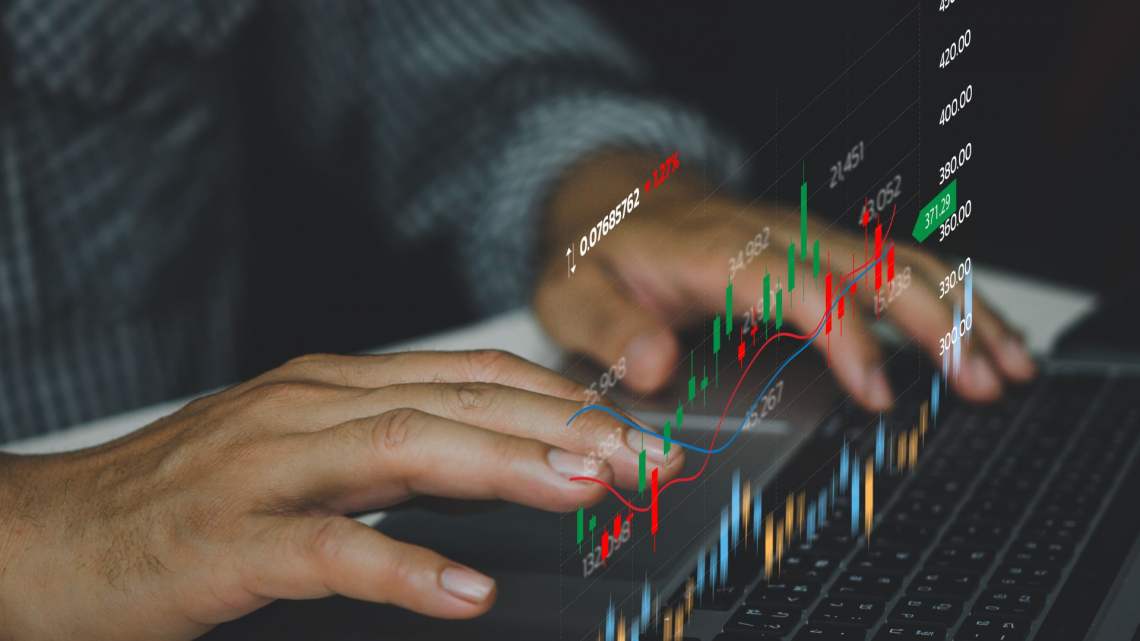
-
1996 – Real-time ticker was introduced.
-
2000 – NYI.ID. i.e., the NYSE International 100 was launched, which tracks 100 Non-U.S. stocks listed on the New York Stock Exchange.
-
2006 – On March 7, 2006, it merged with ARCA to form the publicly owned NYSE Group, Inc. Later, on April 4, 2007, NYSE Group, Inc. merged with Euronext N.V. to create the first global equities exchange, with its headquarters in Lower Manhattan.
-
2008 – NYSE merged with the American Stock Exchange and became the third-largest U.S. options market.
-
2020 – Due to the COVID-19 pandemic, it shifted to fully electronic trading on March 23, 2020, for the first time.
Researched and authored by Pratik Chandra | LinkedIn
Reviewed and edited by Parul Gupta | LinkedIn
Free Resources
To continue learning and advancing your career, check out these additional helpful WSO resources:Advanced Technical Analysis










or Want to Sign up with your social account?